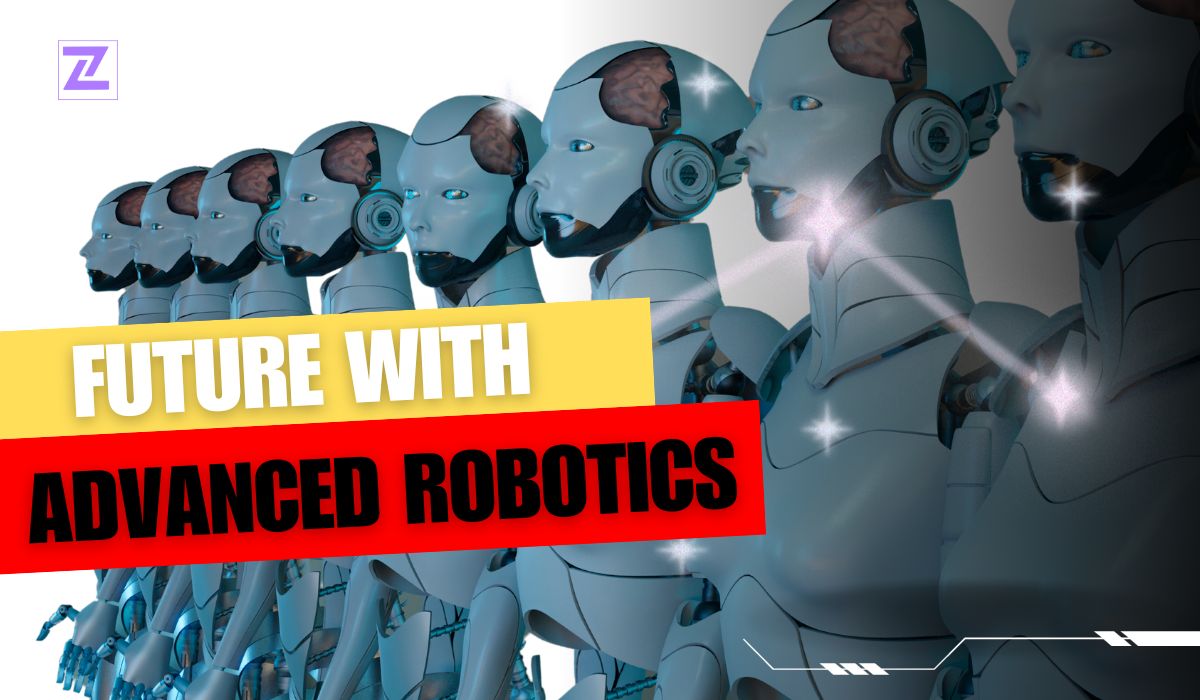
Welcome to the future, where your personal helper robot can seamlessly tackle tasks like tidying up the house or cooking a delicious, healthy meal with just a simple request. The path to this future is illuminated by groundbreaking advancements in robotics research. Here we introduce you to AutoRT, SARA-RT, and RT-Trajectory, a trio of innovations that propels us closer to a world where robots understand, navigate, and make decisions in real-world scenarios.
AutoRT, a cutting-edge system, leverages the potential of large foundation models to equip robots with a profound understanding of practical human goals. By collecting diverse experiential training data, AutoRT becomes a catalyst for scaling robotic learning, enabling robots to better adapt to the complexities of the real world.
Utilizing foundation models like Large Language Models (LLMs) or Visual Language Models (VLMs) in conjunction with robot control models (RT-1 or RT-2), AutoRT orchestrates the deployment of robots in novel environments. It empowers multiple robots simultaneously, each equipped with a video camera and an end effector, to perform various tasks. The system employs a VLM to interpret the environment and an LLM to suggest creative tasks for the robot, serving as a decision-maker. In real-world evaluations, AutoRT orchestrated up to 20 robots concurrently, accumulating a dataset of 77,000 robotic trials across 6,650 tasks.
Safety is paramount, and AutoRT incorporates robust safety protocols inspired by Isaac Asimov's Three Laws of Robotics. These include rules preventing robots from attempting tasks involving humans, animals, sharp objects, or electrical appliances.
Self-Adaptive Robust Attention for Robotics Transformers (SARA-RT) takes Robotics Transformers (RT) models, like the state-of-the-art RT-2, and enhances their efficiency. SARA-RT introduces a novel "up-training" method, converting quadratic complexity to linear complexity, significantly reducing computational requirements and boosting both speed and quality. This approach is a scalable and universal recipe for accelerating Transformer models, potentially revolutionizing their widespread use.
In practical terms, SARA-RT outperformed RT-2 models, achieving 10.6% higher accuracy and 14% faster performance. This innovation addresses the computational demands associated with Transformers, making them more accessible and applicable across various domains.
RT-Trajectory emerges as a solution to the challenge of translating abstract instructions into specific robot motions. This model automatically adds visual outlines, or trajectories, to training videos, providing low-level visual hints to enhance the learning process. When tested on unseen tasks, RT-Trajectory significantly outperformed existing RT models, achieving a task success rate of 63%.
Traditional robotic training relies on mapping natural language to specific movements, hindering generalization. RT-Trajectory, however, enables models to understand "how to do" tasks by interpreting specific robot motions from videos or sketches. This versatile system can generate trajectories from human demonstrations or hand-drawn sketches, tapping into rich robotic-motion information present in datasets.
Crafting the Future of Robotics
These innovations, building upon state-of-the-art RT models, lay the foundation for next-generation robots. Imagine a future where motion generalization from RT-Trajectory, efficiency from SARA-RT, and large-scale data collection from AutoRT converge to create robots that are not just capable but transformative. As we continue to tackle current challenges in robotics, we remain committed to adapting and evolving alongside the ever-advancing field of robotics. Welcome to a future where robots seamlessly integrate into our lives, making complex tasks as simple as a spoken request.